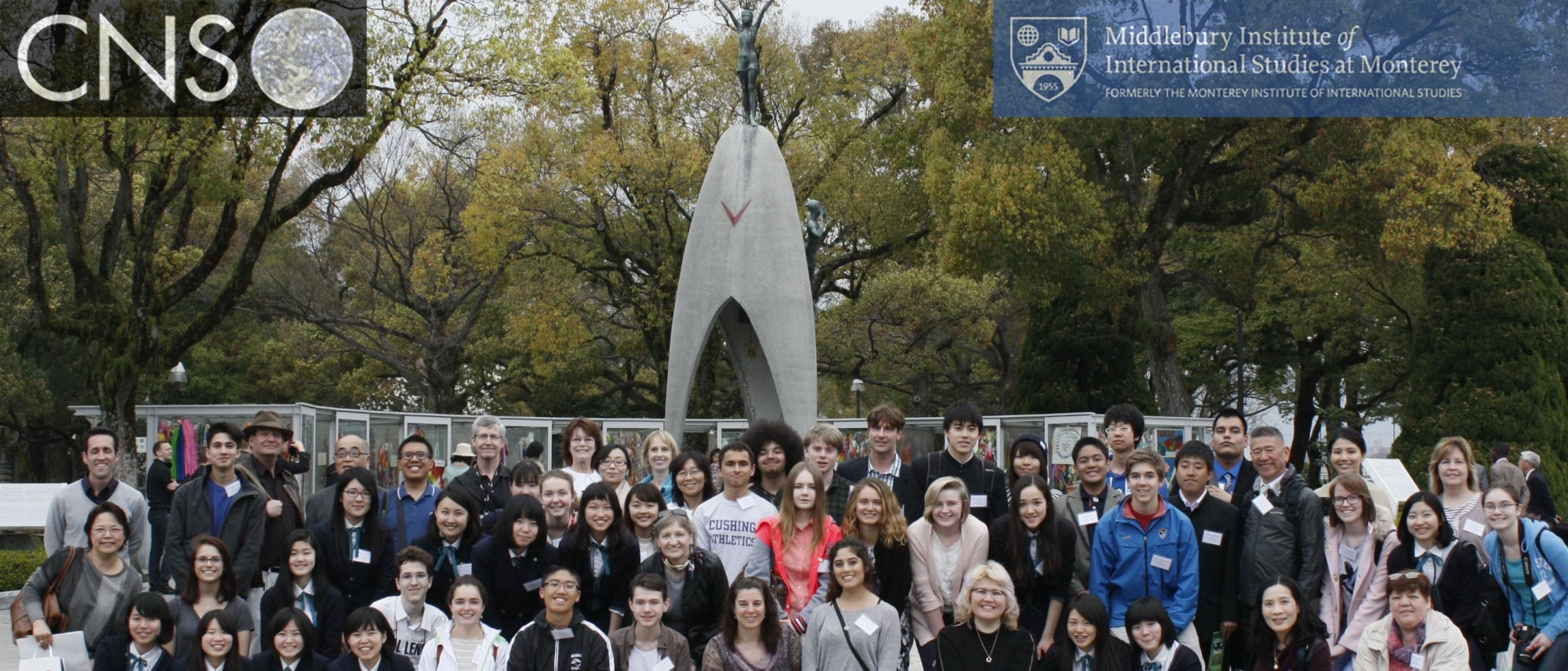Topic: Nuclear Safety and Security
James Martin Center for Nonproliferation Studies (CNS) Monterey, CA
December 1-3, 2011
Video Lectures from the Workshop
Lecture PowerPoint Presentations
2011-2012 Participating Schools
CNS Staff, Lecturers, and Consultants
Agenda
Thursday, December 1, 2011
8:30 – 8:45
Welcome Remarks, Dr. William Potter, CNS Director
8:45 – 9:00
Introduction of New CNS Education Program Director, Dr. Avner Cohen
9:00 – 9:15
Overview of the Workshop and 2011-2012 CIF Program
9:15 – 9:45
Introduction of the 2011-2012 Program Curriculum Guidelines, Stephen Sesko, CNS Consultant
9:45 – 10:45
Content Lecture 1: Nuclear Energy Overview, Karen Hogue, CNS Graduate Research Assistant
10:45 – 11:00 Break
11:00 – 12:00
Content Lecture 2: Nuclear Renaissance Overview, Miles Pomper, CNS Senior Research Associate, Washington, DC Office
12:00 – 12:15 Group Photo
12:15 – 1:30 Lunch Break (lunch on own)
1:30 – 2:30
Content Lecture 3: Challenges in Nuclear Safety: Nuclear power plant accidents, Patricia Lewis, CNS Deputy Director, Scientist-in-Residence
2:30 – 3:30
Content lecture 4: Connection between Nuclear Safety/Security and Nuclear Nonproliferation/Disarmament, Patricia Lewis
3:30 – 3:40 Break
3:40 – 4:15
Teacher-led Session: Brainstorming on Designing Learning Activities
Lead teachers: Bob Shayler, Orinda Academy, and Linda Palmer, Presque Isle HS
6:00 Hosted Dinner at Habanero’s Grill & Cantina, 400 Tyler Street, Monterey
Friday, December 2, 2011
9:00 – 9:10 Questions and updates
9:10 – 10:10
Content Lecture 5: Challenges in Nuclear and Radiological Security: Nuclear Terrorism, Miles Pomper
10:10 – 11:10
Content Lecture 6: Nuclear Spent Fuel Management, Dr. Ferenc Dalnoki-Veress. Scientist-in-Residence & Adjunct Professor (Via Skype from Vienna)
11:10-11:20 Break
11:20 – 12:10
Content Lecture 7: Governance, International Management of Nuclear Safety and Security, Miles Pomper
12:10 – 1:30 Lunch Break (lunch on own)
1:30-2:30
Content lecture 8: Regional Challenges 2: East Asia, Stephanie Lieggi, Senior Research Associate, and Stephen Anderle, CNS Graduate Research Assistant, MANPTS Student
2:30 – 3:30
Content lecture 9: Regional Challenges 1: Former Soviet Countries, Margarita Sevcik, CNS Education Program Deputy Director
3:30 – 3:45 Break
3:45-4:30
Exercise and Discussion: How to Solve the Issue of Spent Fuel Management? Group Activities
Saturday, December 3, 2011
9:00 – 10:00
Evaluation of Students Work and Citation, Stephen Sesko and Sue Ann Dobbyn, CIF Consultant
10:00-11:00 Discussion on Students Assignment
11:00-11:15 Break
11:15-12:15 Planning for the Spring Student Conference and Timeline
12:15 – 1:30 Lunch (lunch on own)
1:30 – 2:30
Tools for Online Community Building and Website Presentation (Lisa Sanders Luscombe, Project Manager)
2:30-3:00 Introducing Resources, Discussion
The CIF Teacher Development Workshop is supported by grants from the U.S. Department of Energy, and Ford Foundation.





